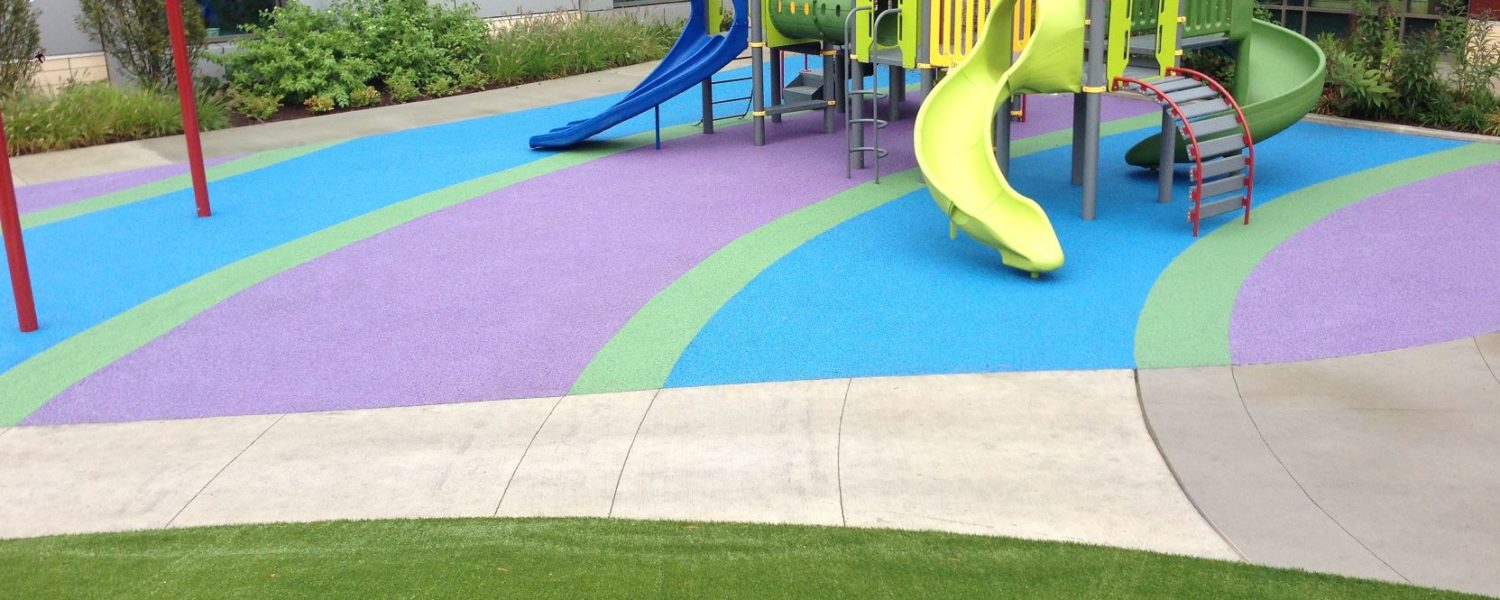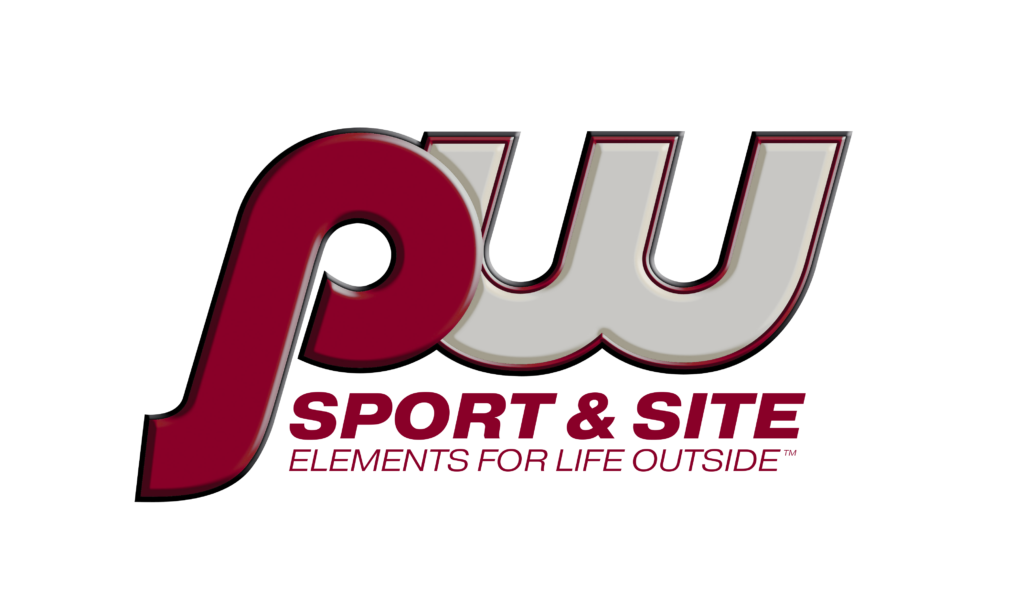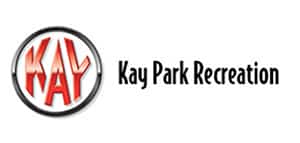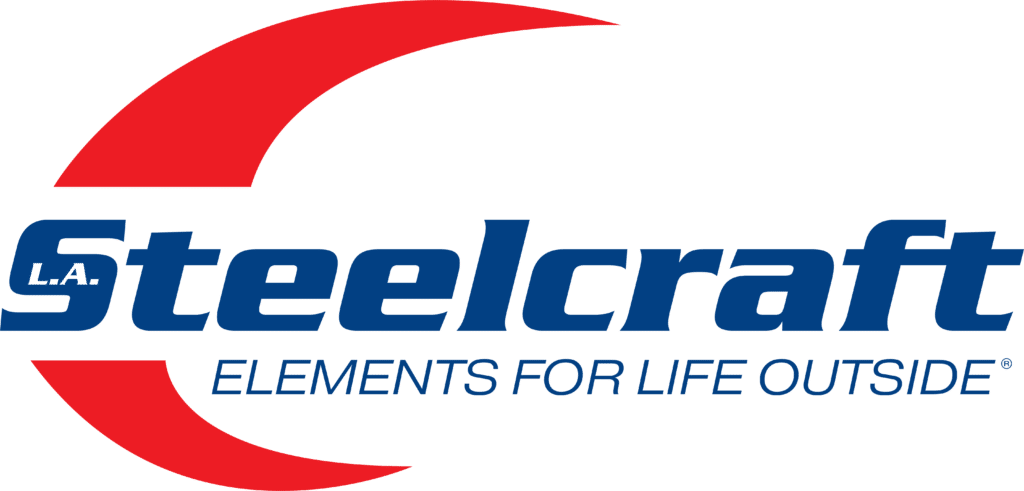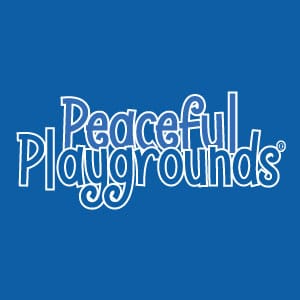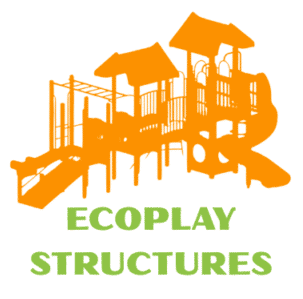By Jim Dobmeier
Some of us remember the old days when liability was a less-often-used word, and rarely, if ever, was it used in the same sentence as playgrounds. In that same era, playground surfacing as a two-word tandem had yet to be uttered or written. Times have changed!
In the playground industry, the 80s brought us the Consumer Products Safety Commission’s involvement with the American Society for Testing Materials (ASTM), and the development of the ASTM F-1292, a standard to measure the shock-attenuation of playground surfacing.
This was in response to the more than 100,000 injuries being reported annually that required emergency room visits because of falls on hard playground surfaces.
The fundamental objective was for playground surfacing to absorb the impact of children’s falls from playground equipment. Medical experts contributed significantly to the development of the standard, and, ultimately, it was agreed upon that 200 Gmax was the shock-attenuating performance threshold playground surfacing was to meet.
Notably, this shock-attenuating performance has to be aligned with a “fall height” for the safety equation to be complete and has to meet three required temperature specifications. In short, each playground equipment apparatus has a designated fall height, defined as the height from which a child could fall off of that playground equipment.
The complete statement on the shock attenuation of a playground surface is that it has a Gmax of 200 or less, at the three required temperatures (21, 73, & 120 degrees Fahrenheit) for a particular surfacing thickness or depth, at a specific fall height.
After a number of years, the ASTM F-1292 standard was perfected by adding the Head Injury Criterion (HIC), which measures the likelihood of a head injury arising from an impact.
With the HIC addition, the ASTM F-1292 playground surfacing standard established that at a surfaces’ particular depth or thickness a HIC of less than 1,000 along with a Gmax of less than 200, for a particular fall height, was necessary to meet the standard. Those with results above 200 or 1,000 failed for that particular fall height.
Playground surfacing was divided into two categories: loose-fill and unitary.
Loose-Fill Surfaces
Loose-fill consists of surfacing systems made up of individual pieces or particles that are often granules or chips. These “loose” materials can be natural materials, like sand; natural materials that are treated, such as synthetic wood chips; or fully manufactured materials, such as synthetic rubber chips.
Generally speaking, loose-fill materials need much depth to meet the Gmax and HIC shock-attenuation requirements, normally 6 to 12 inches or more for typical playground equipment fall heights.
While providing adequate fall protection when at the necessary depths, loose-fill materials have two significant and inherent challenges. One is the dispersement of these materials in the key, high-traffic portions of the playground, known as the high-impact areas, which is where falls commonly occur. This regularly leaves children vulnerable to head injury because it’s nearly impossible to monitor and maintain the needed surfacing depths in a dynamic playground setting.
The other challenge for loose-fill surfacing is the difficulty children with disabilities have traversing an uneven surface. Despite some of the manufactured or treated loose-fill materials meeting the Americans with Disabilities ACT and ASTM F-1951 Determination of Playground Surface Accessibility, particularly in controlled conditions, real-life playground settings always pose difficulties for children with mobility aids or equipment on any loose-fill material.
Unitary Surfaces
The second category, unitary surfaces, is also known as bound surfaces and generally fall into one of three types: poured-in-place surfacing, tiles, and two-layer turf systems that combine a heavy-grade synthetic turf over a resilient shock pad.
In contrast to loose-fill, unitary surfaces remain in place and over the course of time are comparably very consistent in look, thickness, and performance.
While unitary surfaces are a more expensive investment up front than loose-fill surfaces, they are very cost-effective over time. They also provide the security of being “where you need it, when you need it,” without the need for material replenishment or maintenance to keep the adequate thickness in place.
So, in that split second when a child falls, the surface is there to prevent the major head trauma for which it was designed, and it is in no way dependent on whether the playground surface has been recently inspected and adequately maintained for proper depth.
People with disabilities maneuver unitary surfaces with all types of mobility aids and equipment, all of which meet the Americans with Disabilities ACT and ASTM F-1951 Determination of Playground Surface Accessibility.
And, because the entire population greatly enjoys the look and feel of unitary surfaces, playgrounds that feature it are the most heavily used playgrounds in a community.
Not surprisingly, unitary surfaces have differences within the category. Well-manufactured rubber-based playground tiles are typically more easily installed than poured-in-place or turf systems, but also require a more precise and expensive asphalt or concrete base.
Due to the factory production, the cost of the tile itself, compared to the materials that make up a poured-in-place surface, are more expensive. Plus, while some design options are available in the tile category, it is comparatively limited and drives more of a price upcharge than designs in a poured-in-place surface.
Turf systems typically provide a very natural look, which is terrific in the right playground, but are generally the highest cost of the three, is not as drainage-friendly as tiles or poured-in-place, and is also comparatively limited in the design and color options. If the turf is truly heavy grade, turf systems are very durable.
Poured-in-place offers the most complete surfacing options when considering combinations of colors, creative designs, multiple thicknesses in a given playground area, ease of accessibility to all, free-flowing drainage, accommodating imperfections in asphalt and concrete bases, and the option of installing over less expensive compacted crushed stone in lieu of asphalt or concrete.
The potential drawback of poured-in-place is that it is a contractor-driven business and should be governed more thoroughly at the time of installation to ensure maximum durability is achieved. The objective is to ensure that what has been ordered is being properly applied.
A well-built poured-in-place surface will last upwards of 15 years while providing owners and users all the best features that a playground surface can provide – consistent safety, terrific aesthetics, and outstanding drainage, with no follow-up maintenance needed.
Jim Dobmeier is the president and founder of SURFACE AMERICA, Inc., a leading playground surfacing installer, www.surfaceamerica.com.


